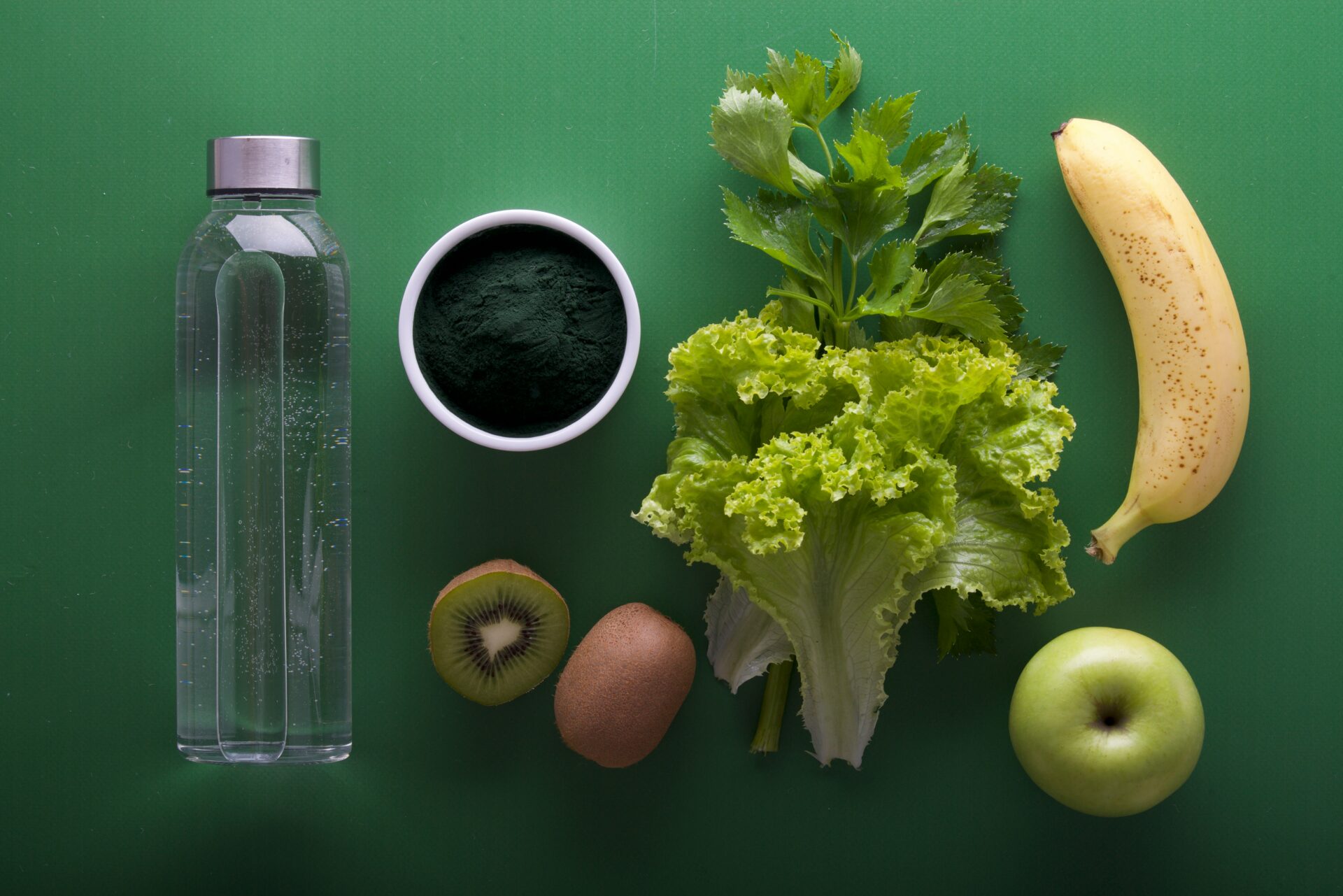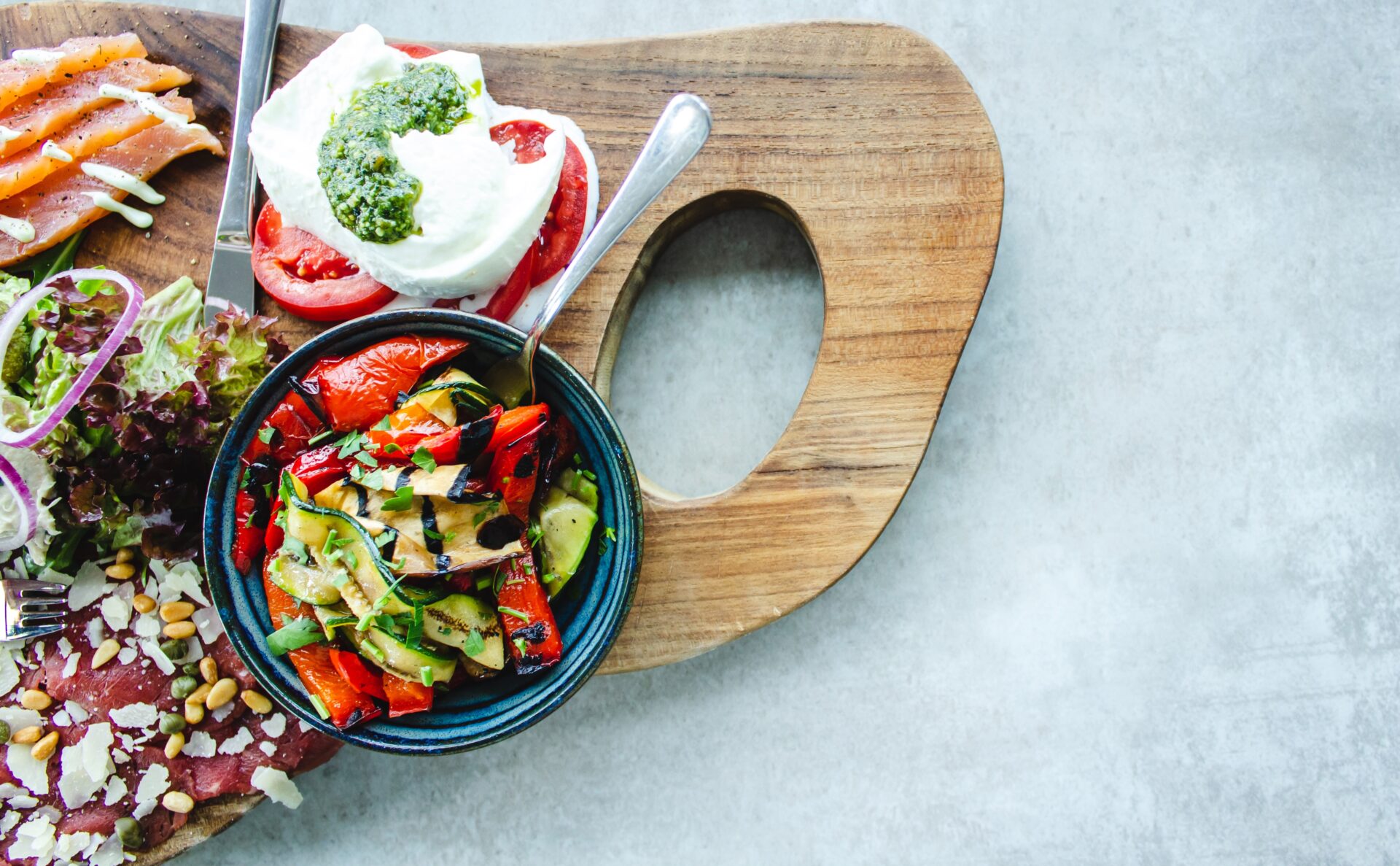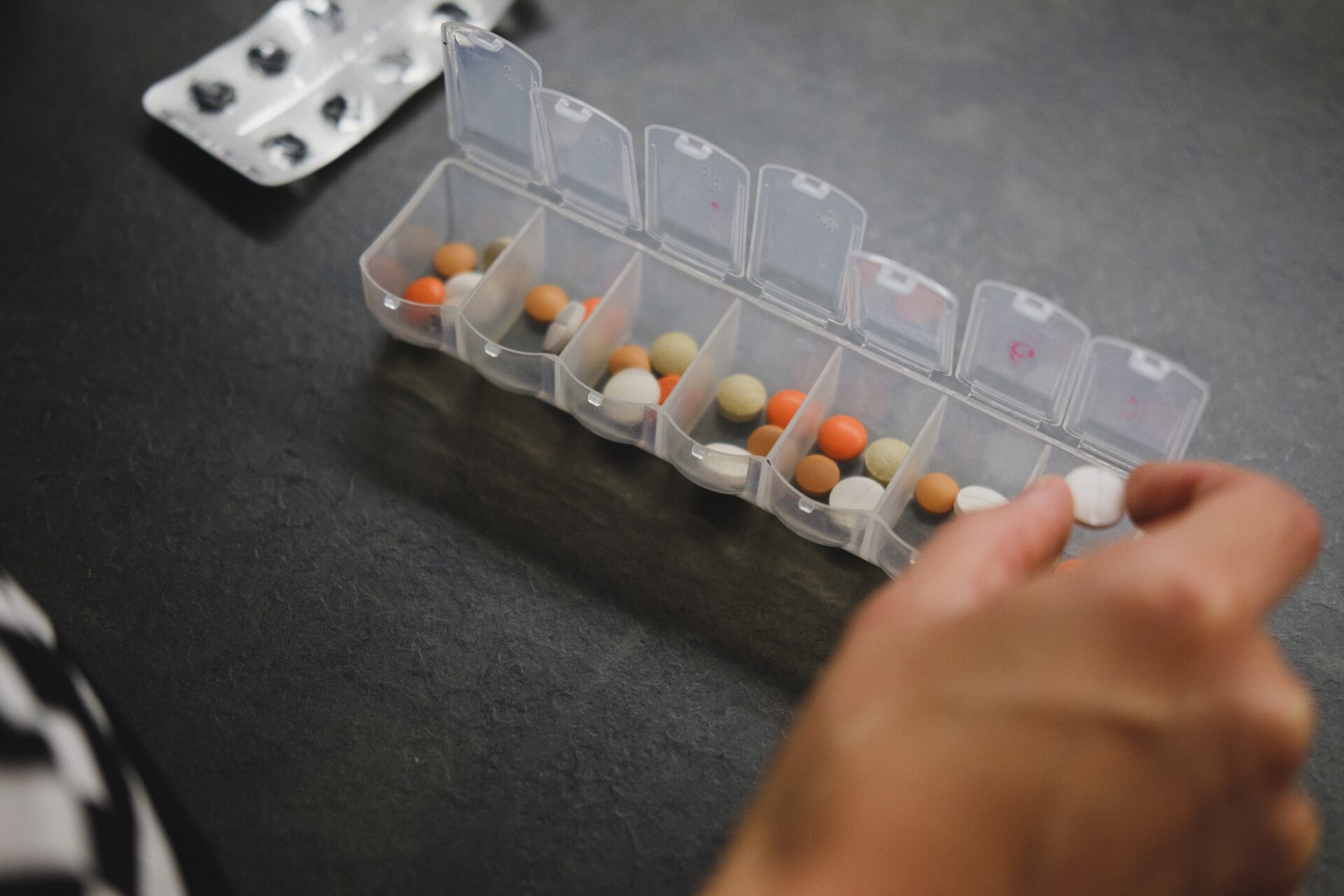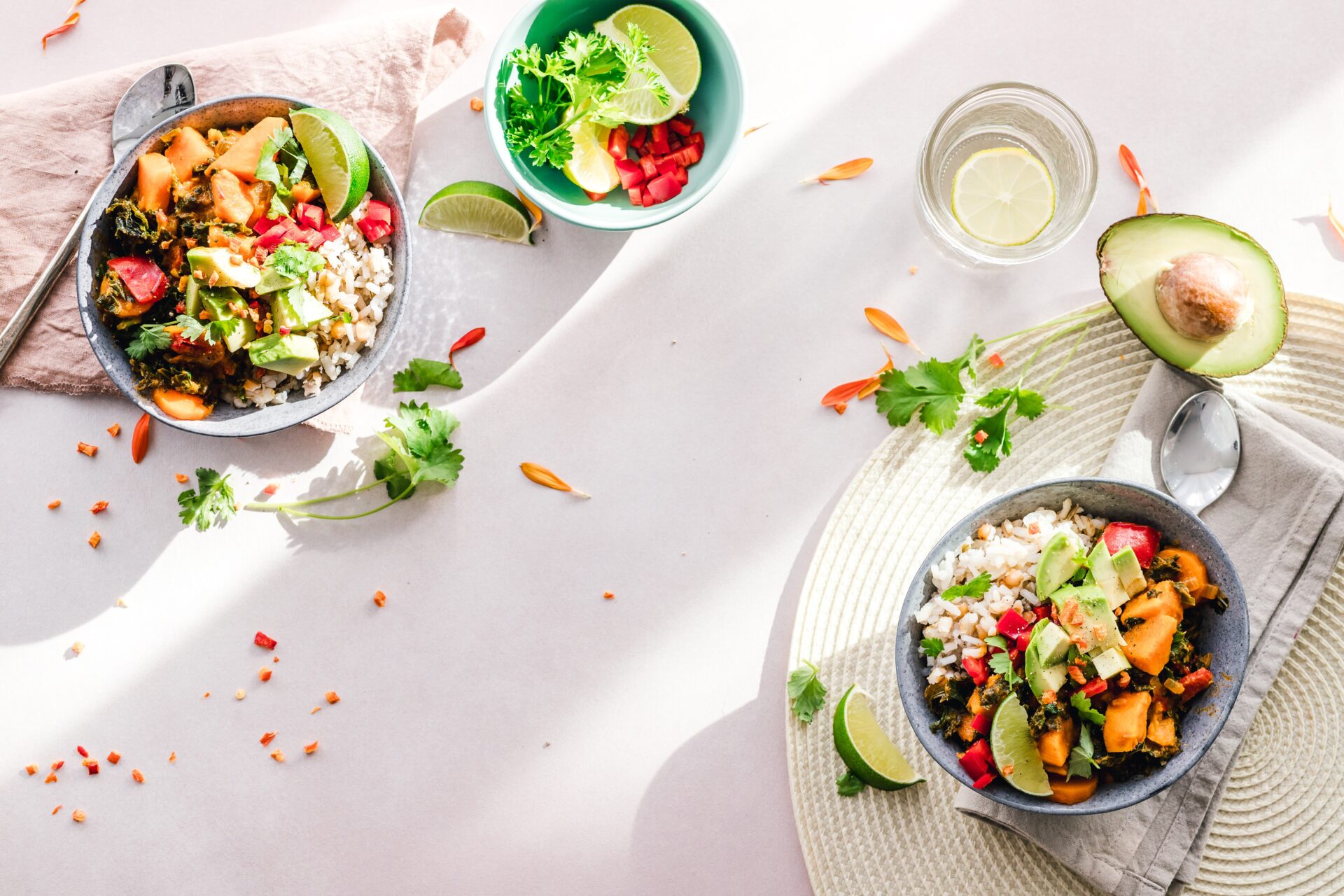Spinach is considered one of the original “superfoods,” excellent for many reasons. However, spinach has a dark side that seems to get causally ignored a lot of the time. Especially when the discussion is about iron. As studies into nutrition have continued, we now know more about this incredible leafy green that so many of us love. The new research also shows us that it might not be as good as we all consider it.
Health Benefits of Spinach
Spinach is full of micronutrients such as calcium, magnesium, iron, potassium, and vitamin K. Just one 30g serving contains over 100% of your daily vitamin K needs and around 4% of your daily iron requirements. The nutritional profile of spinach is so good that the International Osteoporosis Foundation recommends eating it for optimum bone health.
Being high in vitamin A also means spinach is excellent for sebum production, which keeps hair in good condition. The micronutrient is also responsible for the growth of all bodily tissues, such as hair and skin. Being so high in vitamin C also makes spinach a key contender for building and maintaining collagen, which helps keep your skin, hair, and nails in great condition. Fun fact, vitamin C is a common addition to anti-aging skin treatments.
It gets better. Spinach is also high in vitamin E, which supports your immune system, and antioxidants in the leafy green limit the harm caused by free radicals. These unwanted molecules cause damage to your cells which is bad news. Interestingly, there’s some evidence that spinach is a natural anti-inflammatory food too.
The Dark Side of Spinach
Spinach does contain a good amount of iron, so that isn’t false information. However, we can’t use all of it very well. We can’t absorb the nutrients from this planet very well. Spinach has a low bioavailability, so we struggle to absorb everything from it. The iron found in the plant is called non-heme iron.
This type of iron often contains phytic acid, which limits our ability to absorb iron, zinc, and calcium. This acid can cause mineral deficiencies and is known as an anti-nutrient because of it. This is something that can pass through the digestive tract without being absorbed.
It gets worse. Oxalic acid is naturally present in many vegetables, and it binds to iron which blocks it from being absorbed in the gut. Spinach contains a higher level of oxalic acid compared to other vegetable iron sources. It has around 1000mg per 100g, whereas kale only has 20mg per 100g. Soya beans contain quite a lot of oxalic acid at 497mg per 100g, but it’s still less than half of the amount in spinach.
How to Solve the Problem
Don’t despair, spinach lovers. There are ways to increase your iron absorption from the food.
Raw and cooked spinach has different nutrition levels. While raw spinach is great for vitamin C, it’s also higher in oxalates. Boiling spinach for around 10 – 15 minutes helps reduce the oxalates present; once cooked, it’s a great source of folates. Eating cooked spinach is better for your iron levels than raw spinach.
Eating high vitamin C alongside spinach will help you make the most of the iron. Vitamin C has been seen to capture non-heme iron and store it in a form that’s easier for your body to absorb and use. Taking vitamin C supplements has been seen to help those who have trouble getting enough iron from their food.
Vitamin C-rich foods such as bell pepper, kale, and broccoli are great to mix with spinach. To maximize absorption rates, you might want to avoid other iron inhibitors in food, such as more phytic acid, polyphenols found in tea, and calcium. However, drinking tea or coffee is still okay; have them between meals instead.
Another way to boost your iron absorption levels from plants is to consume foods rich in the amino acid lysine. It’s been seen to increase iron absorption rates, and it gives zinc absorption a boost as well. In addition, many plant foods, such as legumes and quinoa, are rich in lysine.
Better Foods for Iron
While spinach is a super convenient way of adding more iron to a meal, there are better plant options you could be using too. Combining vitamin C-rich foods with good plant sources of iron is also the way to go.
These plant-based iron sources contain over 30% of your daily iron needs per 100g.
- Lentils
- Chickpeas
- Cooked Beans
- Tofu, Tempeh, and Soybeans
Seeds such as pumpkin, sesame, hemp, and flaxseeds are also rich in iron, as are products made from them, including hummus or tahini. They’re also incredible for other nutrients, so adding them to your meals and regular diet is a good idea.
While seeds are good, nuts contain less iron but are also nutritional powerhouses. Almonds, cashews, pine nuts, and macadamia nuts contain the most iron out of all the nuts, but it’s still nowhere near as good as seeds. They have a lot of good fats, vitamins, minerals, and antioxidants, though.
Other vegetables can also offer some iron. Other leafy greens such as kale, swiss chard, and collard greens can provide a good amount of iron per cup. They can offer the same amount of iron as spinach but contain less oxalic acid, so swapping the spinach for kale is a good idea if you’re worried about your iron levels.
At the same time, tomato paste and potato (especially the skins!) contain a nice amount of iron. One raw tomato doesn’t have much iron, but when dried or concentrated into a paste, they offer a lot more iron which, in a roundabout way, can make a homemade pizza a good source of iron.
Other fantastic sources of iron include:
- Oats
- Coconut Milk
- Dark Chocolate
- Dried Thyme
- Quinoa
- Olives
- Mushrooms
Spinach Has A Place
Spinach is a fantastic food option, and it’s not something you should give up eating. However, it’s not something you can assume will give you all the iron you need daily. Consuming various foods is ideal for your health and will provide you with the best nutritional profile possible. Aiming to get your iron from multiple sources will mean you never need to worry about how much iron you’re eating again.





Responses